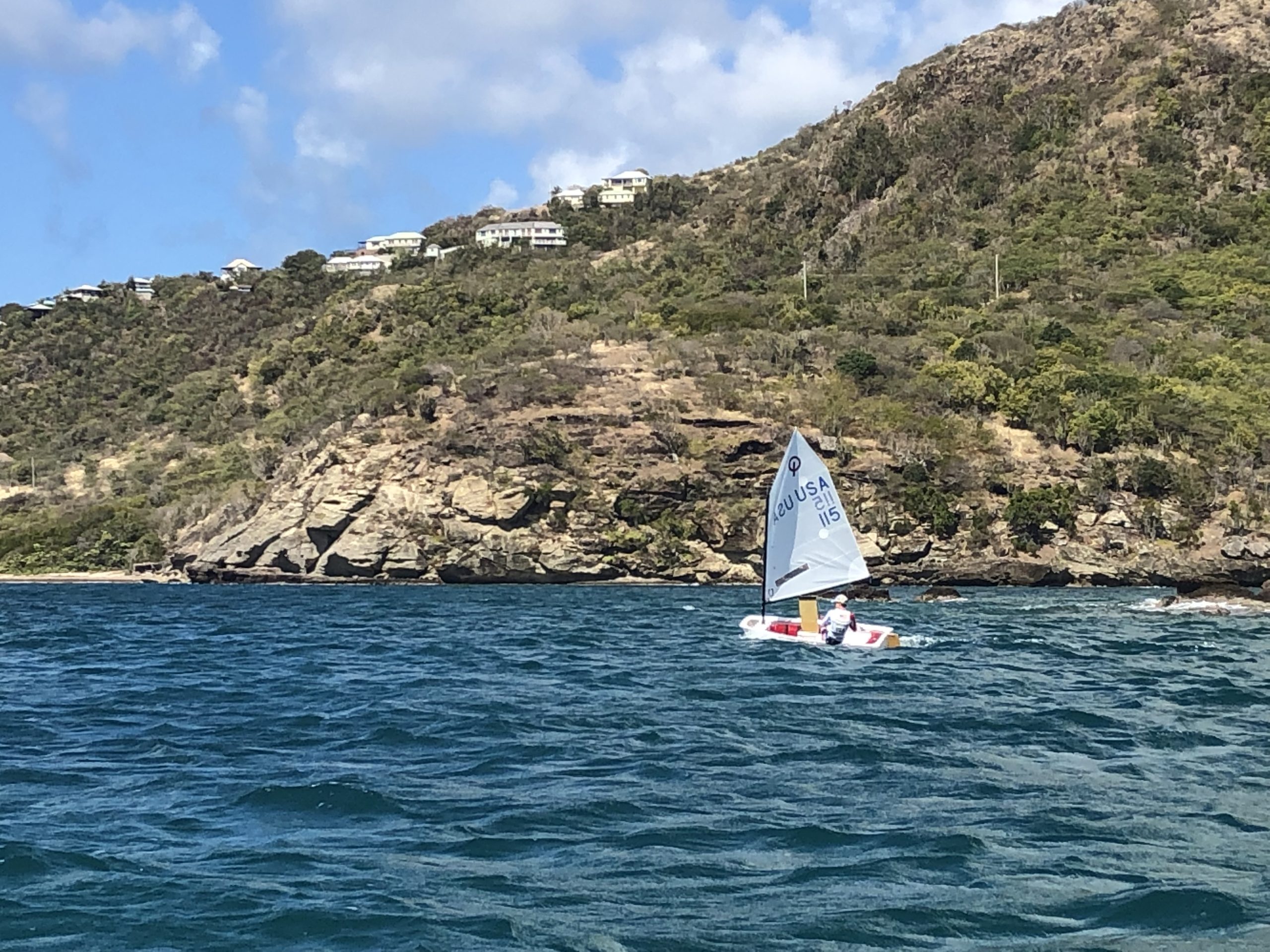
residential broadband ISPs, as well as entire countries almost entirely disconnected from the Internet (e.g., North Korea, Sudan, Syria). Federal Communications Commission, and a large Internet broadband service provider (ISP) who already uses IODA to support their own research on Internet reliability and performance.ĭuring this project, we reported and documented several relevant episodes of connectivity disruption, including outages affecting large U.S.

One of the first research platforms offering a multi-source view of large-scale Internet outages, IODA enabled us to design, create, deploy, and support powerful instrumentation for outage detection and analysis, This project spurred several collaborations with researchers to experiment with integration of new detection methodologies, and improve our own. Unfortunately, in spite of the societal and economic impact of Internet connectivity disruptions, we lack near-realtime, scalable and validated methodologies and tools to identify and understand large-scale Internet outages.īased on experimental work in which we combined measurements at the control plane, active probing and passive traffic analysis, CAIDA developed an operational prototype system, IODA (Internet Outage Detection and Analysis), that monitors the Internet, in near-realtime, with the goal of identifying macroscopic Internet outages affecting the edge of the network, i.e., significantly impacting an AS or a large fraction of a country. In dogs with incomplete ossification in the central part of the dorsal neural arch of the atlas, surgical treatment of AAI generally occurs at a middle to advanced age.Public and private sector stakeholders around the world seek ways to ensure that the Internet provides the level of reliability and resilience we have long taken for granted from the telephony network. CONCLUSIONS AND CLINICAL RELEVANCE Results indicated that concomitant DAs or IODA is common in dogs with AAI. The severity of spinal cord injury before or after atlantoaxial ventral fixation did not differ between the IODA and non-IODA groups. The mean age at surgery for dogs with central IODA was significantly higher than that of the non-IODA group. The mean CT value (in Hounsfield units) for the midline of the dorsal neural arch of the atlas in dogs with IODA was significantly lower than that for the same site in the dogs without IODA.

Incomplete ossification was present in the cranialmost, central, or caudalmost portion of the dorsal neural arch of the atlas in 59, 39, and 28 dogs, respectively 2 or 3 portions were affected in 29 and 11 dogs, respectively. RESULTS Of the 106 dogs with AAI, 75 had and 31 did not have IODA 70 had and 36 did not have DAs. Dogs were allocated to 1 of 2 groups on the basis of the presence or absence of IODA or of dens abnormalities (DAs) in CT images.

PROCEDURES Medical records and CT images for each dog were reviewed. ANIMALS 106 AAI-affected dogs that underwent ventral fixation of the atlantoaxial joint. OBJECTIVE To retrospectively evaluate the epidemiological and morphological features and outcome of surgical treatment of incomplete ossification of the dorsal neural arch of the atlas (IODA) in dogs with atlantoaxial instability (AAI).


 0 kommentar(er)
0 kommentar(er)
